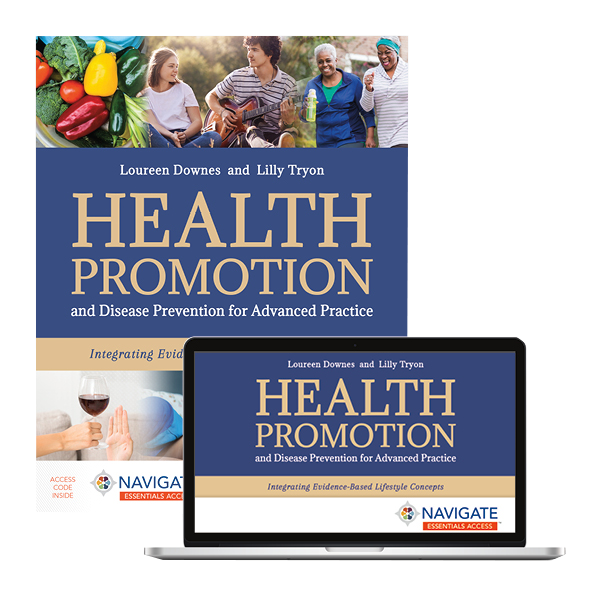Teaching the 'Teach-Back' Method in Nursing

The Basics of the Teach-Back Method
The teach-back method is rather simple in concept. It is a communication technique used in nursing to ensure patient understanding and comprehension of healthcare information. It involves asking patients to explain in their own words what a healthcare provider has just told them. By doing so, any misunderstandings can be identified and clarified by the healthcare provider, and the patient's understanding can be checked again. This process continues until the patient can accurately recall and understand the information that was given.
The teach-back method is based on the principle that true learning occurs when information is actively processed and understood. It goes beyond simply providing information to patients and instead focuses on confirming their comprehension through active participation. By teaching nursing students to engage patients in the learning process, they can assess the patient’s level of understanding and address any knowledge gaps or misconceptions.
Implementing the teach-back method requires effective communication skills and patient-centered care. It is essential for nurses to create a supportive and non-judgmental environment where patients feel comfortable asking questions and seeking clarification. By using open-ended questions and active listening, nurses can encourage patients to express their understanding and provide an opportunity for dialogue. Read on to learn how to incorporate the teach-back approach in your lessons.
Benefits of Implementing Teach-Back in Nursing Practice
The teach-back method offers several benefits when implemented in nursing practice. Some of the key benefits include:
- Improved patient outcomes: By ensuring patient understanding, the teach-back method helps to reduce medical errors and improve patient safety. When patients fully comprehend their healthcare instructions, they are more likely to follow treatment plans correctly and manage their conditions effectively.
- Enhanced communication: The teach-back method promotes effective communication between healthcare providers and patients. It allows for the exchange of information in a clear and concise manner, ensuring that patients are actively engaged in their own care. This can lead to increased patient satisfaction and trust in the healthcare team.
- Tailored education: Every patient is unique, and their learning needs may vary. The teach-back method allows nurses to tailor their education to meet the individual needs of each patient. By identifying knowledge gaps or misconceptions, nurses can provide personalized explanations and reinforce important information.
- Empowerment and autonomy: The teach-back method empowers patients to take an active role in their healthcare. By understanding their conditions and treatment plans, patients can make informed decisions and actively participate in shared decision-making with their healthcare providers.
- By implementing the teach-back method, nurses can contribute to improved patient outcomes, enhanced communication, and patient empowerment in the healthcare setting.
Challenges and Solutions in Using Teach-Back
While the teach-back method is an effective communication technique, it may present some challenges in its implementation. These challenges can include:
- Language barriers: Patients who have limited proficiency in the language used by the healthcare provider may face difficulties in accurately expressing their understanding. In such cases, the use of interpreters or translation services can help overcome language barriers.
- Health literacy: Patients with low health literacy may struggle to comprehend complex medical information. In these situations, nurses can use plain language, visual aids, and simplified explanations to facilitate understanding.
- Time constraints: Implementing the teach-back method requires additional time during patient interactions. Nurses may face challenges in finding sufficient time to engage in the teach-back process. Time management strategies, such as prioritizing teach-back for critical information, can help overcome this challenge.
- Resistance or reluctance from patients: Some patients may feel hesitant or resistant to actively participate in the teach-back process. Nurses can address this challenge by creating a supportive and non-judgmental environment, encouraging questions, and providing reassurance.
By being aware of these challenges and implementing appropriate solutions, nurses can overcome barriers to the effective use of the teach-back method.

Best Practices for Effective Teach-Back
To ensure the successful implementation of the teach-back method, nurses can follow these best practices:
- Use plain language: Avoid using medical jargon or complex terminology. Use simple and easily understandable language to explain healthcare information.
- Encourage questions: Create a safe and non-judgmental environment where patients feel comfortable asking questions or seeking clarification.
- Active listening: Actively listen to patients' responses during the teach-back process. Pay attention to their understanding, and if necessary, provide further explanations or examples.
- Provide visual aids: Visual aids, such as diagrams or illustrations, can enhance patient understanding and reinforce key information.
- Repeat and summarize: Repeat and summarize important information to ensure patient comprehension. This helps to consolidate their understanding and identify any remaining knowledge gaps.
- Assess patient readiness: Assess the patient's readiness to learn and their preferred learning style. Tailor the teach-back process to meet their individual needs.
By adopting these best practices, nurses can maximize the effectiveness of the teach-back method and promote patient understanding and engagement.
Improving Patient Education Through Teach-Back
The teach-back method plays a crucial role in improving patient education and empowering patients to actively participate in their healthcare. By ensuring patient understanding and comprehension, nurses can enhance patient outcomes, reduce medical errors, and promote shared decision-making.
Through the teach-back method, nurses can identify knowledge gaps, clarify misconceptions, and reinforce important information. This supports patients in managing their conditions, adhering to treatment plans, and making informed decisions about their health.
Furthermore, the teach-back method promotes patient-centered care by involving patients in the learning process. It acknowledges the unique needs and preferences of each patient, allowing nurses to provide tailored education and support.
By mastering the teach-back method, nurses can contribute to improved patient education, communication, and overall healthcare outcomes.
Health Promotion and Disease Prevention for Advanced Practice: Integrating Evidence-Based Lifestyle Concepts
Health Promotion and Disease Prevention for Advanced Practice: Integrating Evidence-Based Lifestyle Concepts is a unique new resource that is not afraid to address lifestyle concepts that can change the trajectory of healthcare in the United States and globally.
Request Your Review CopyRelated Content:
